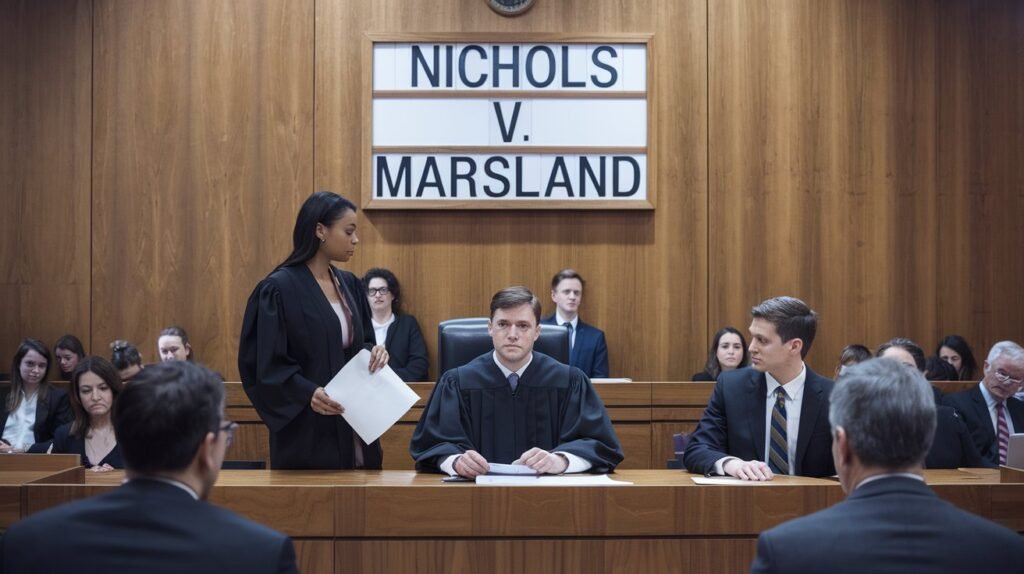Haynes V. Harwood 1935(Case Summary)

This English law case is a classic example of the ‘rescue doctrine,’ where the court upheld that a rescuer injured in the course of preventing harm caused by someone else’s negligence could claim damages, emphasizing that intervening to save lives does not negate liability.
Table of Contents
ToggleFacts of Haynes v Harwood
- The defendant, Harwood, left a horse-drawn carriage unattended on a busy street.
- The horses, startled by a child throwing a stone, bolted and ran through the crowded area, posing a grave risk to pedestrians.
- The plaintiff, Haynes, a policeman, attempted to stop the runaway horses to prevent injuries to bystanders and was himself seriously injured in the process.
- Haynes sued Harwood, alleging negligence in leaving the horses unattended.
Issues framed
- Whether Harwood negligent in leaving the horses unattended on a busy street?
- Whether the defendant is liable for damages sustained by a rescuer acting to prevent harm caused by his negligence?
Judgment of Haynes v Harwood
The case examined principles of negligence and the rescue doctrine, which protects rescuers from being penalized for intervening in emergencies caused by another’s wrongful acts.
The court held that Harwood’s negligence in leaving the horses unattended created a foreseeable risk of harm. It ruled that Haynes, acting as a rescuer, was owed a duty of care by Harwood. Harwood contended that the injury was caused by the independent act of the child throwing stones, which was an unforeseeable event, breaking the chain of causation.
The court ruled in favor of Haynes, holding Harwood liable for the injuries. The court stated, “Where negligence creates a situation of peril, a rescuer injured while acting reasonably in the circumstances may recover damages.”





